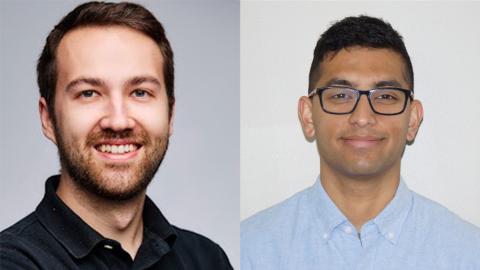The advancements aim to accelerate the adoption of 5G technology and enable the integration of RFID into virtual reality.
From contactless payment to the Find My iPhone app, radio frequency identification (RFID) technology is now a central part of many everyday digital activities.
RFID is a wireless system that uses radio waves to send information between devices and track objects. It’s become very important to the continued development of other crucial technologies like 5G wireless networks and virtual reality (VR).
Improvements to the wireless technology would lead to improved Internet of Things (IoT) devices with higher data rates and lower latency, as well as compact VR devices that accurately track location and orientation, facilitate real-time gesture recognition in virtual spaces, among other things.
RFID technology has the potential to improve gesture controls in virtual reality, tracking capabilities for the position and direction of drones and robots, and can be used in sensors to monitor temperature and air quality.
A pair of Georgia Tech School of Electrical and Computer Engineering (ECE) Ph.D. students were recently recognized for their work that is helping to bring this technology closer to becoming a reality.
Theodore Callis and Marvin Joshi received the Best Paper Award at the 2024 IEEE RFID Technology and Application Conference for their research on novel RFID architecture applications.
Their paper, “Novel mmWave/5G RFID Architectures for Next Generation of IoT Devices and VR Applications,” highlighted key advancements from the Professor Manos Tentzeris’ ATHENA lab, where they are using optics-inspired techniques and machine learning to push the limits of RFID technology.
This includes addressing challenges in long-range, wide-angle, and energy-efficient IoT designs, enabling precise localization and enhanced feasibility of mmID-based AR/VR applications
These designs bring together optics, machine learning, and RFID technology to make systems smarter and more efficient. Lenses, like those in glasses or microscopes, are added to RFIDs to sharpen signals, cover wider angles, and work over longer distances. Machine learning helps by making it easier to track locations, detect orientations, and recognize gestures, which can be used in AR/VR, robots, and drone tracking.
Callis and Joshi are both research assistant in the ATHENA lab. Callis’s current research focuses on additively manufactured RFID systems and integration of biological/chemical sensors with RFID systems.
Joshi’s current research interests focus on the integration of RADAR and artificial intelligence/machine learning with RF modules, specifically next generation RFIDs and mmIDs for ultra-long-range localization and tracking applications.
